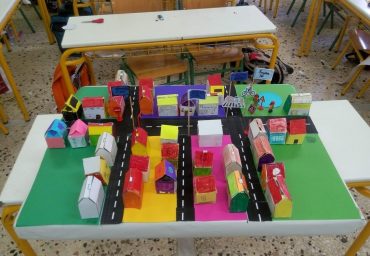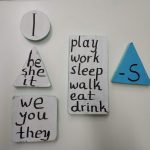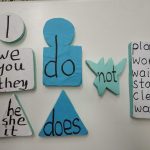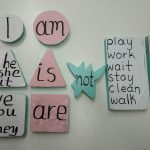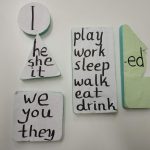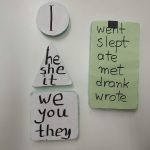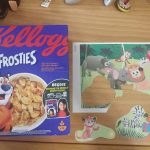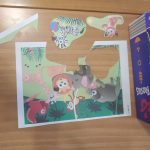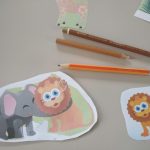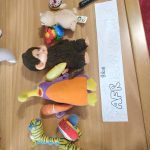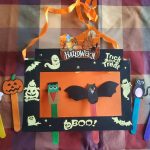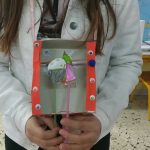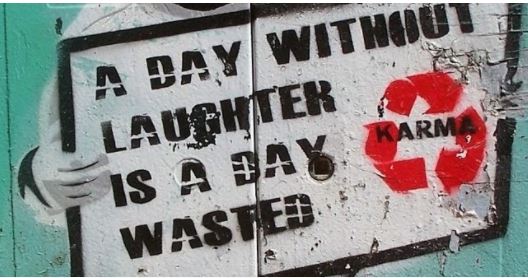What with all the technology and the digital tools we use I’ve come to appreciate the simple, crafty activities we do in the classroom…
Here’s a craft that we can start in D and could evolve into a communicative activity in E and St classes!
We can start it in D class, when we have taught the places / buildings in a village/town/city (Unit 3, Lesson 2, My city). The students bring an empty carton of milk (or an empty packet of biscuits) and glue a piece of paper on it (A4). On the piece of paper they can each draw the building/shop they like.
For our project we used this template so that the buildings/shops would be of a specific size and look homogenous on our town. https://drive.google.com/file/d/1_D7RFW1fAt_pHGnvrM3z9C1gnRvio49a/view?usp=sharing
We can either use a big cardboard sheet on a desk or a big piece of a Styrofoam sheet. Then we put everything the students created and we ‘design’ our city: where the streets, the buildings, the parks (and anything else the students’ imagination would deem necessary!) would go/ any trees, inhabitants, etc they would bring and add in their city.
We can then use our ‘city’ in E class (Unit 3, Lesson 2 ‘How can I get to …?’) and St class (Unit 5, Lesson 2 ‘Transportation’) for actual 3D practice: in pairs the students have to ask for and give directions to a specific place in the city. After students have studied the expressions for asking for and giving information
(here’s a useful handout: Asking-for-giving-directions.pdf)
a dialogue like this can ensue:
-By car or on foot? (One of the students holds a car and a figurine of a person. The other student has to choose the transportation means)
-Goodmorning. Could you show me the way to… (pointing to a shop/building)?
-Go down (… street – the students have given names to the streets) and take the (second) turning on the (right) into ….Street.
-(The other student follows the directions)
-The (…) is opposite/between/… You can’t miss it!
-Thank you very much!
-You’re welcome!
The gains from this activity are manifold: apart from being fun and interactive, students get an actual sense of direction, not to be acquired by any activity on a piece of paper (usually a map).
Have a look:
